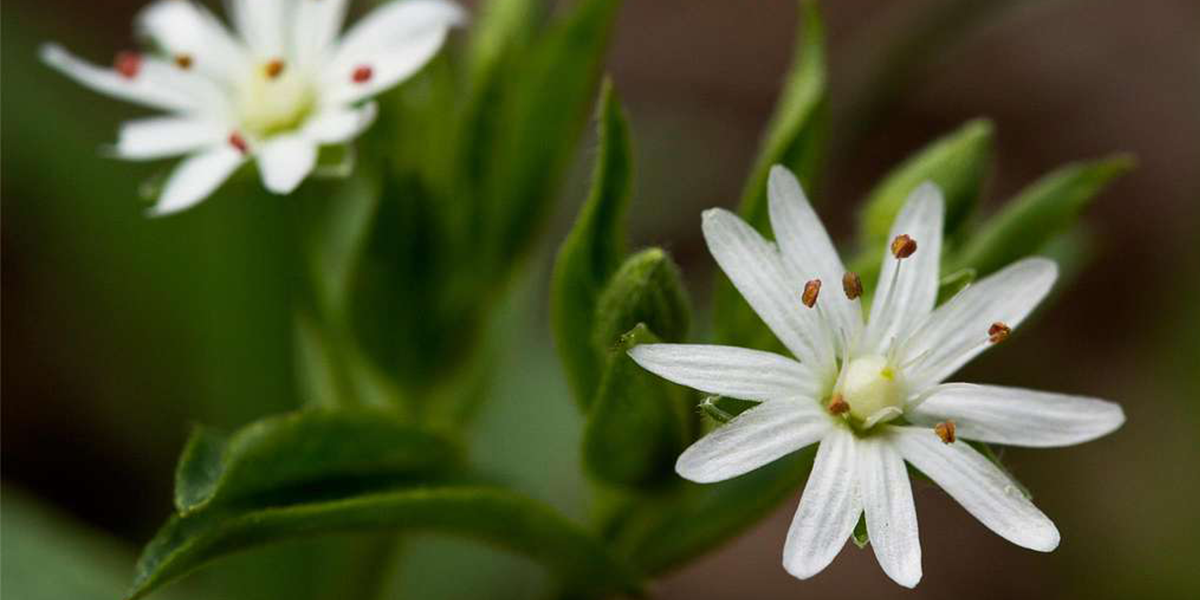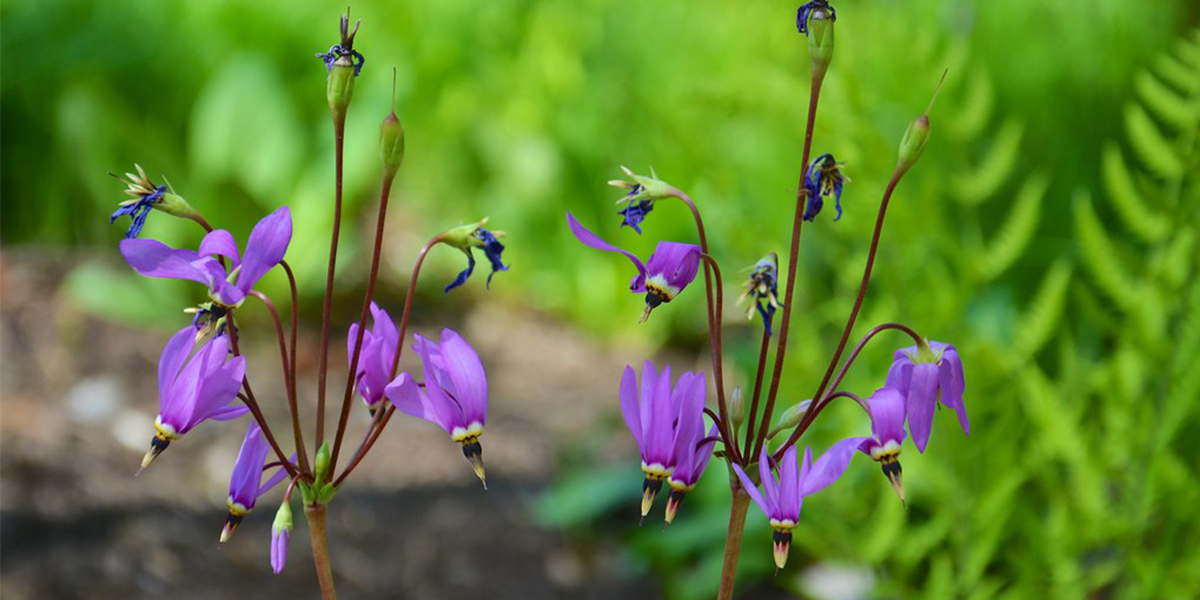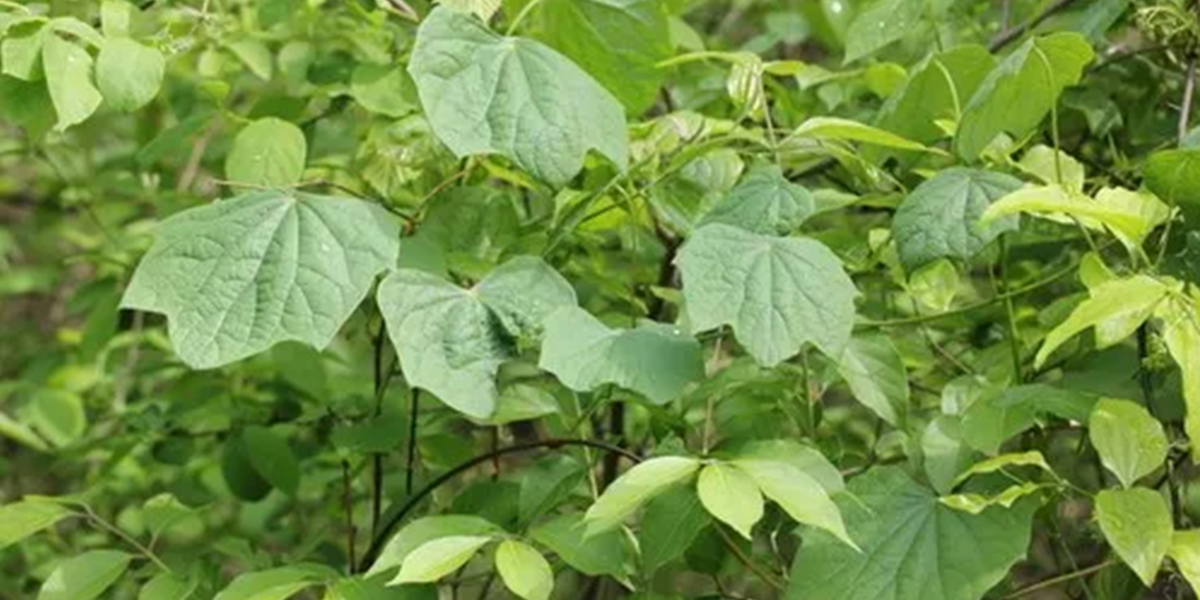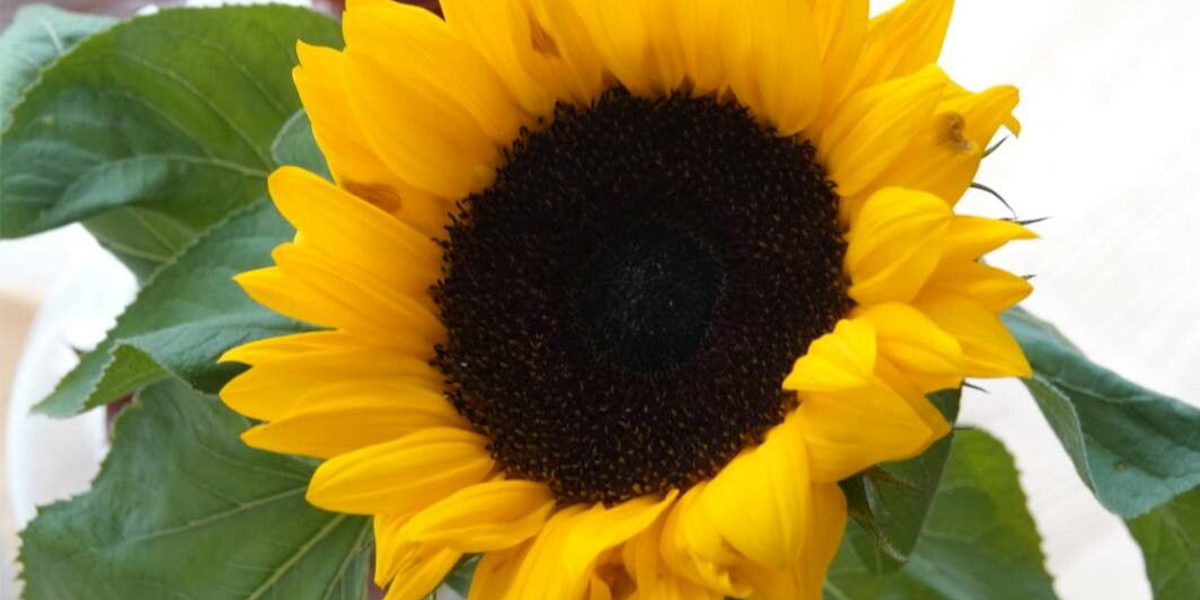April Brings Wildflowers and an Eclipse
- Apr 5, 2024
With the total solar eclipse fast approaching, everyone will have their eyes up looking to the sky. Don’t forget to look down though, or you’ll miss the gorgeous native wildflowers! Go on a hike and try to catch a glimpse of these other “astronomical” phenomena.
- Star Chickweed is small and bright like the stars in the sky. Growing 6-12 inches in height throughout moist woodlands, it is Ohio’s only native chickweed. The petals are so deeply cleft that there appears to be ten, but there are just five. Star Chickweed is a true spring ephemeral, blooming only from April to June, so be sure to catch it while you can.

- The Eastern Shooting Star is a rare wildflower that blooms from March to June in moist open woods or prairies. It has nodding white blooms atop long stalks, and five petals that diverge upwards to resemble a star. It is also known as a “prairie pointer” and was much more common at the time of pioneer settlement. Now spotted in just 24 counties across Ohio, it seems as rare as seeing a real streaking meteor. The Shooting Star’s striking appearance has awarded it the nickname “Pride of Ohio.”

- Common Moonseed is a flowering climbing vine. Its name references the fruit’s small moon-shaped seeds. During moonseed’s bloom time from May to August, you may be able to catch sight of the small greenish-white flower clusters amongst the large leaves. The fruit ripens in September and resembles white-powdered grapes. Be cautious as common moonseed fruit (and the rest of the plant) is highly toxic to humans.

- The Common Sunflower’s name is a direct translation of their genus name Helianthus, which is derived from the Greek “helios” (sun) and “anthos” (flower). As this name suggests, sunflowers follow the sun in the sky as it moves from east to west- but only when the flowers are young! It blooms in late summer from July to September and is often found along roadsides or other disturbed areas. Sunflowers have many historical uses, but today its seeds mostly serve as a popular snack for both humans and birds. They are especially favored by Northern Cardinals.

Our Cincinnati Park nature preserves offer some of the best local wildflower displays. While it may be tempting to pick these flowers, please refrain. Be courteous to the wildlife by staying on trail and leaving no trace. Enjoy the “celestial” beauties this upcoming season!
Written by Meggie Suffoletta
